-
Je ne parle pas français by Katherine Mansfield Short Story Analysis
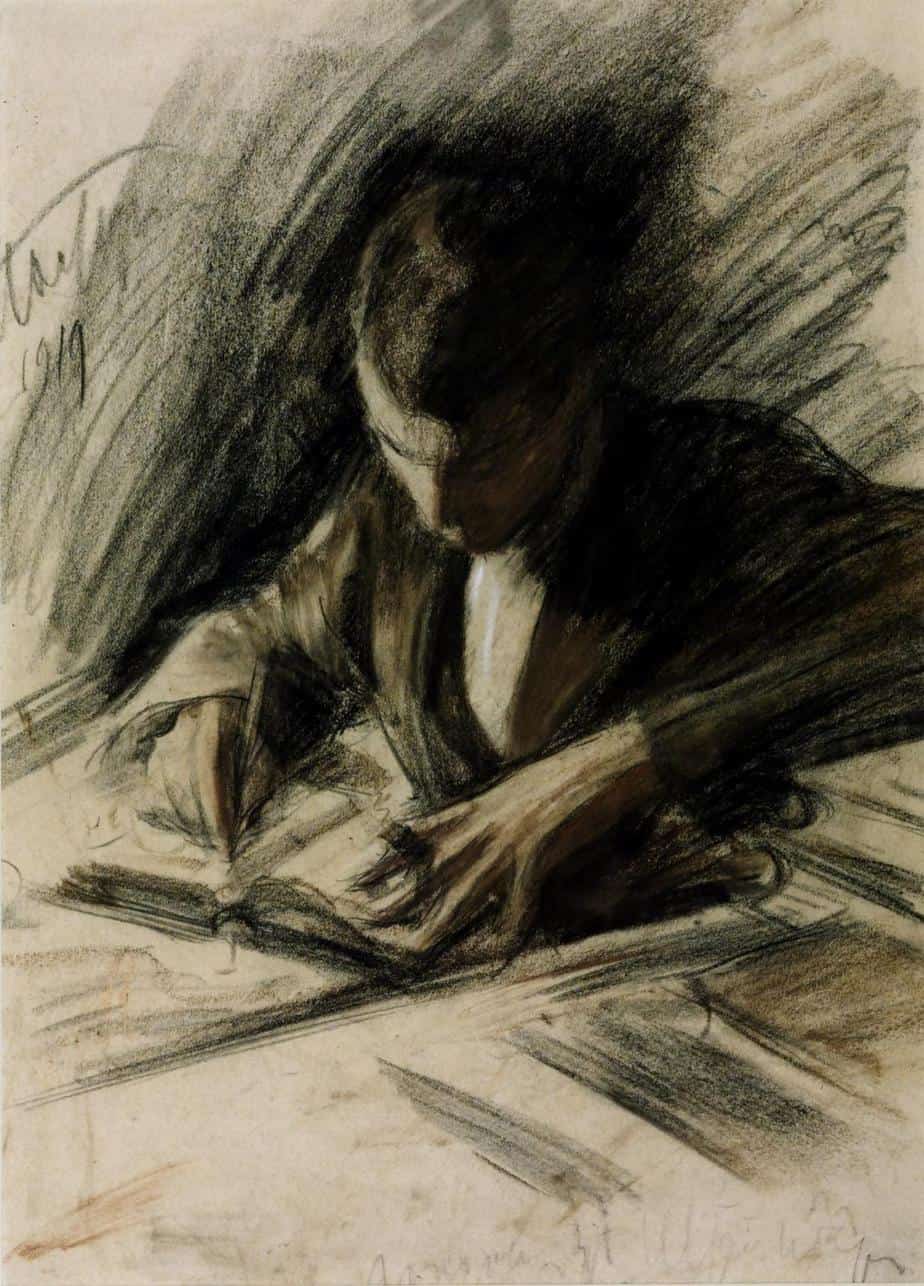
“Je ne parle pas français” (I don’t speak French) is a 1918 short story by Katherine Mansfield. Nothing much ‘happens’, but the character of Raoul Duquette is a comedic archetype seen in contemporary creations such as Dwight Schrute from The Office. Connection To Mansfield’s Own Life Hard to fathom today, but the obliquely gay subject
-
Why does Schitt’s Creek take a season to get ‘good’?

Schitt’s Creek is a CBC sitcom written by father and son team Eugene and Daniel Levy. You’ll either find it funny or you won’t — I think it’s the funniest thing on Netflix at the moment. That said, I agree with all the reviewers who’ve said something like this: Season 1 is decent, but Season
-
How To Write Like Katherine Mansfield
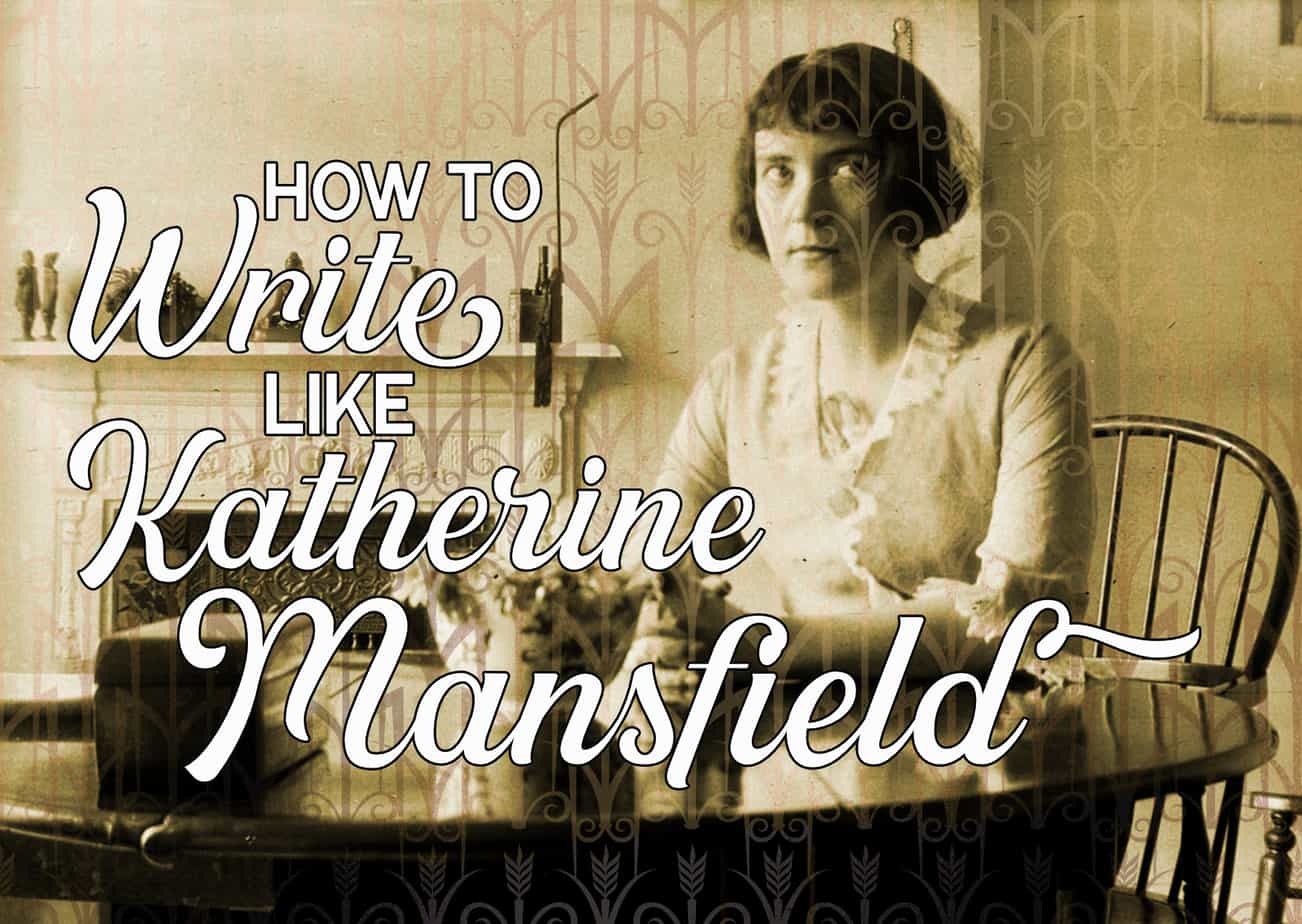
Mansfield borrowed from those who came before her and we may do the same. In fact, it’s inevitable. It pays to know our own influences… if only so we don’t mimic them too closely. Overall, Mansfield was a modernist writer. And of the modernist writers, she was at the highly aesthetic and visual end of
-
The Woman At The Store by Katherine Mansfield Short Story Analysis
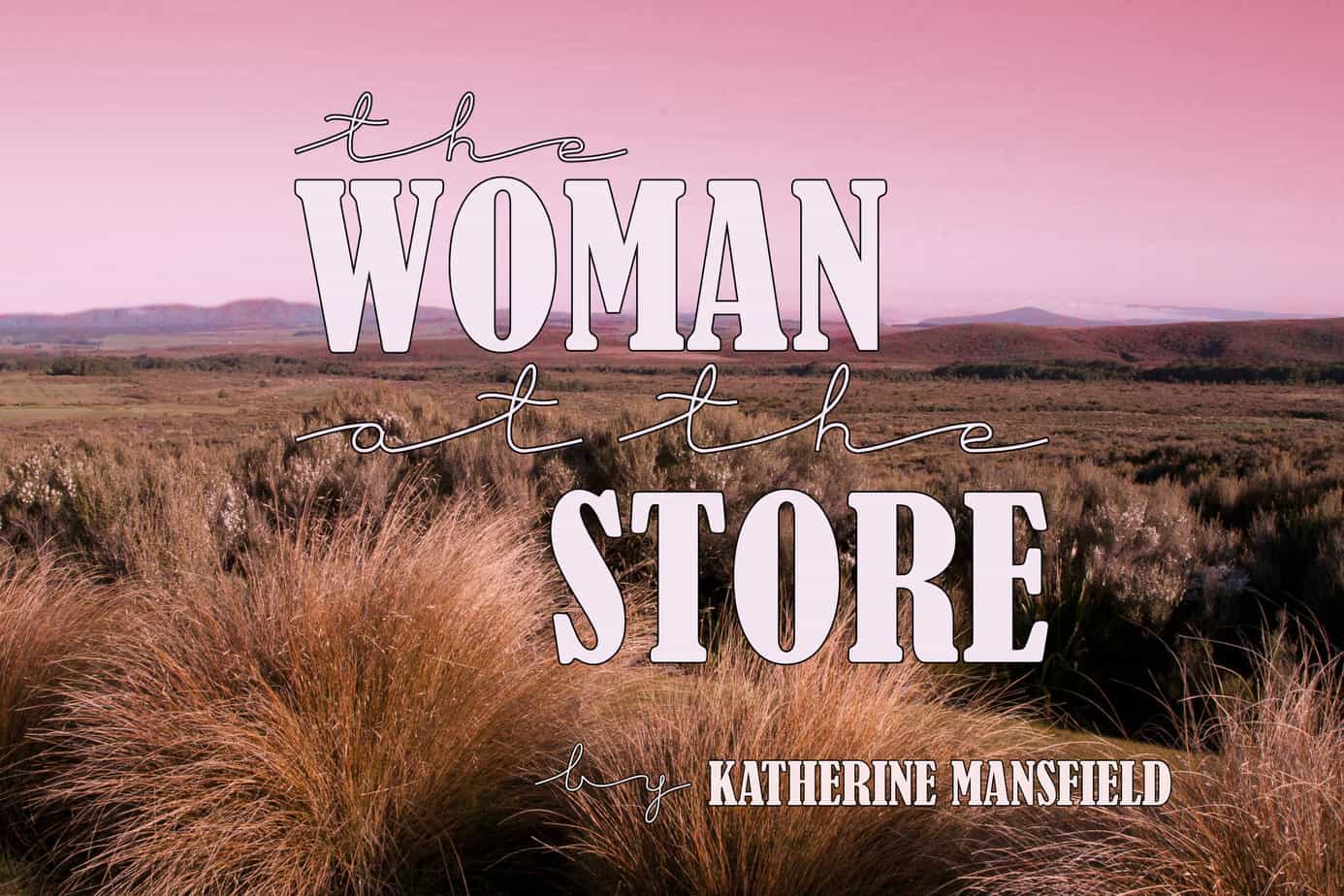
“The Woman At The Store” (1912) is one of Mansfield’s earlier stories, written for the magazine Rhythm. The aesthetic goal of this magazine was pity, brutality and a carefully wrought plot with adequate foreshadowing. It is now thought that this story is far from Mansfield’s best work. This short story has been criticised for its
-
Fake Gender Equality In The Christmas Chronicles

The Christmas Chronicles is this year’s tentpole festive family movie from Netflix. Directed by Clay Kaytis, the script is written by another two men, David Guggenheim and Matt Lieberman. The nice thing about The Christmas Chronicles is that a few of the old gender tropes have been inverted. Instead of an adventurous younger brother juxtaposed
-
At The Bay by Katherine Mansfield Short Story Analysis
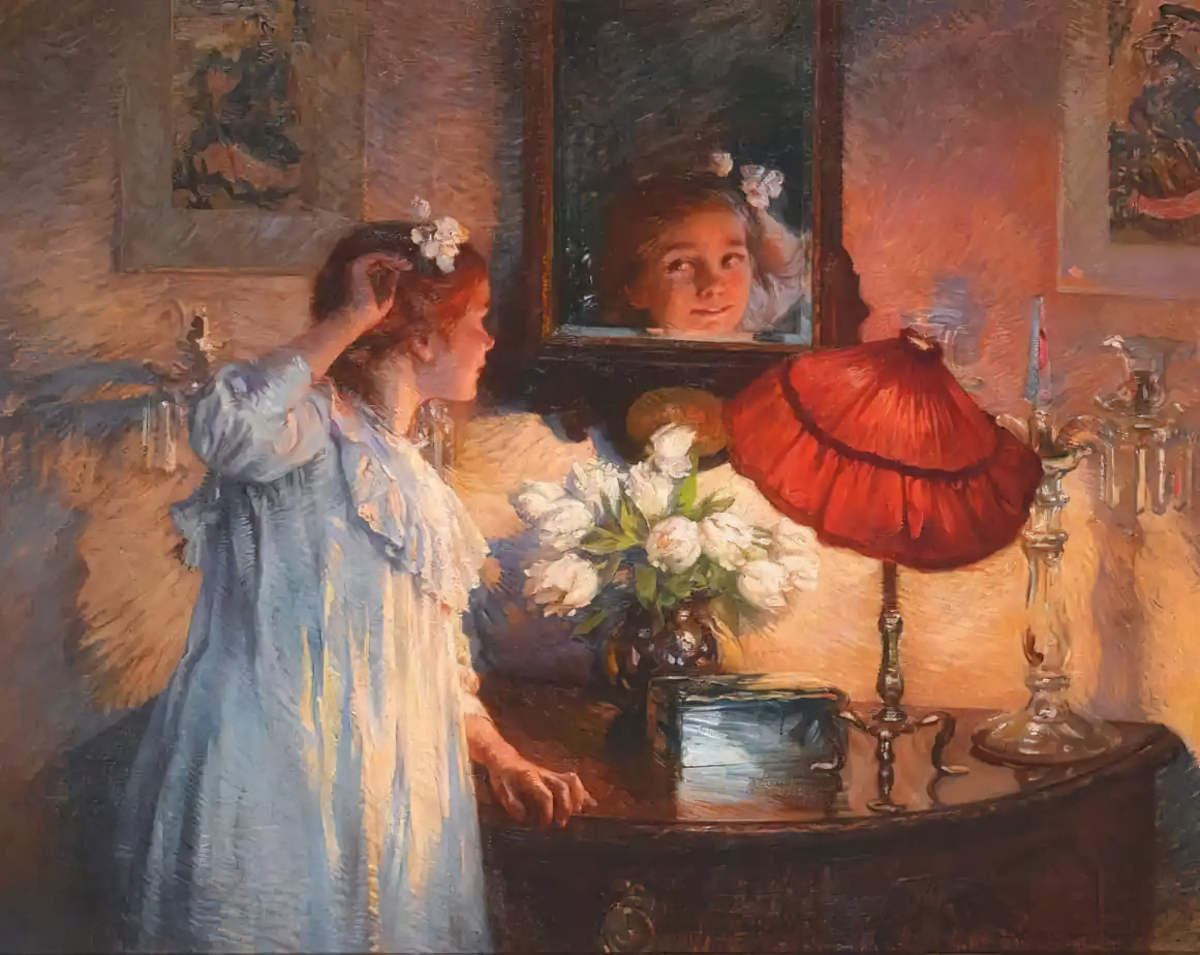
“At the Bay” (1921) is considered one of Mansfield’s best short stories, by a writer at the height of her powers. This is one of the three about the Burnell family, who also star in “Prelude” and “The Doll’s House“. “At The Bay” is an interesting case study for writers, for so many reasons. Notably:
-
Good Morning Mr Pancakes by Chris McKimmie Analysis
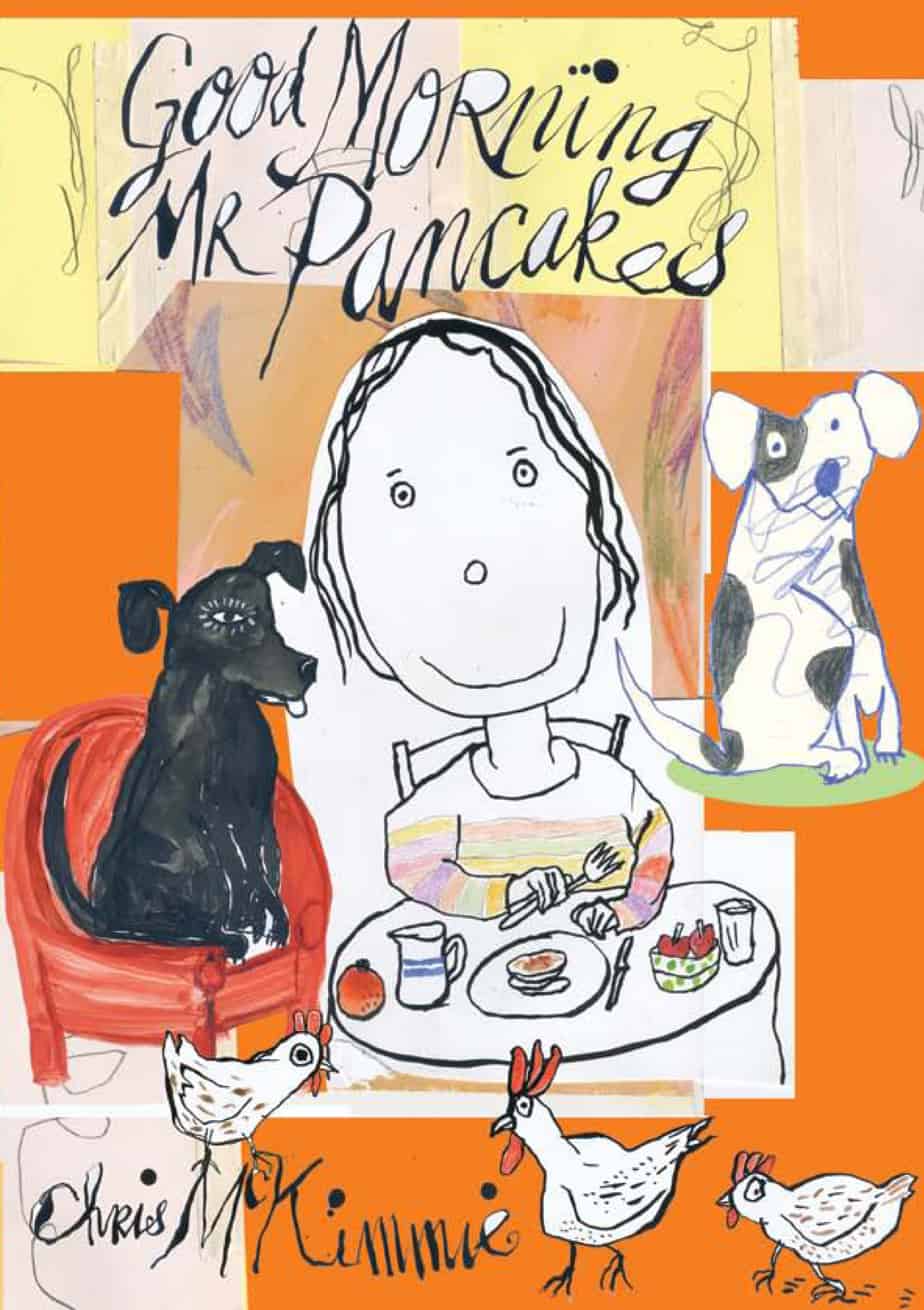
I first heard of Australian author illustrator Chris McKimmie on Children’s Books with Kate De Goldi. One of the secrets to success as an illustrator is having an instantly recognisable, one-of-a-kind style. McKimmie’s various book covers will give you a glimpse of his style. The naive style of art also works really well to encourage
-
Prelude by Katherine Mansfield Short Story Analysis
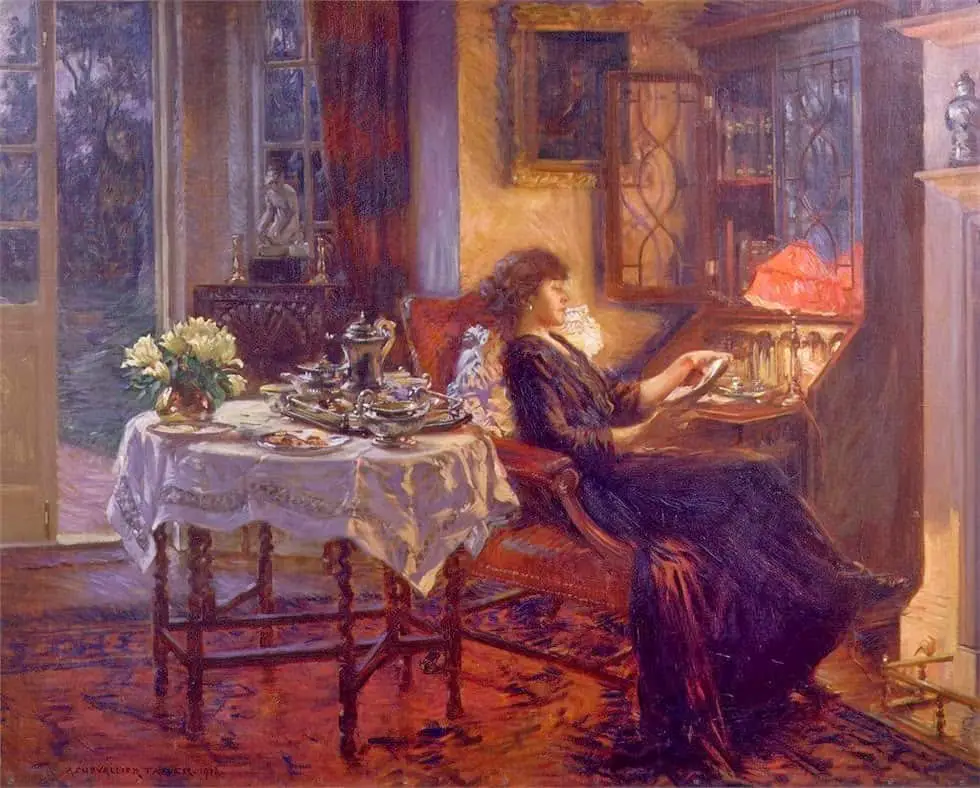
“Prelude” is the first in a trilogy of interlinked short stories. The other stories starring the Burnell family are “At the Bay” and “The Doll’s House”. Although Mansfield also populates “The Doll’s House” with the same characters.
-
Outrage News Is Powerful Storytelling

Recently I played a form of mixed doubles tennis in which the final point is served from female to female, or male to male. At our small club, when it comes to tennis skills there’s no clear division along gender lines. A number of the women can outplay the men. So I mentioned maybe we
-
The Tiredness of Rosabel by Katherine Mansfield Short Story Analysis
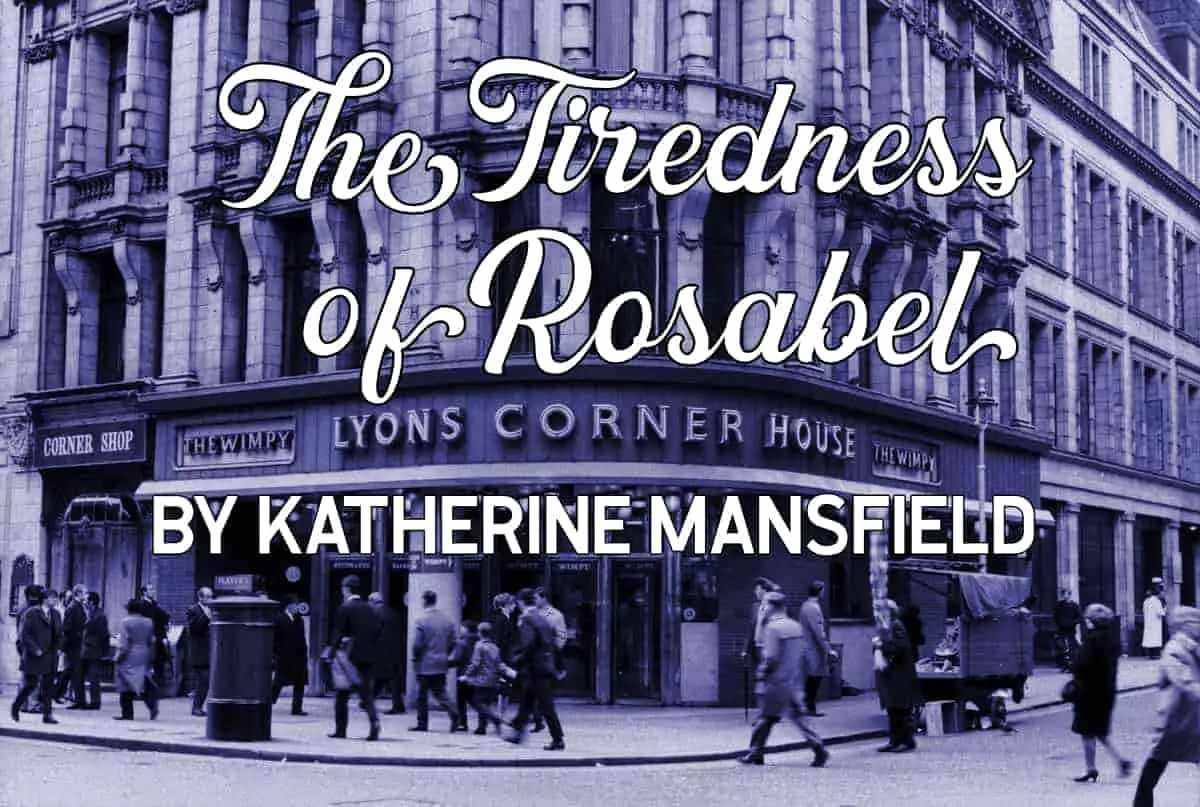
Outside school magazines, “The Tiredness of Rosabel” was Katherine Mansfield’s first published story (1908, when Mansfield was 20 years old). Already we can see features the author became known for: WHAT HAPPENS IN “THE TIREDNESS OF ROSABEL” Rosabel takes a bus home after a tiring day working in a millinery shop. She thinks of a
-
Sarah Marshall Has A Stalker, For All The Receptionist Knows

Forgetting Sarah Marshall is a silly, fun film, designed to appeal to an audience of teenage boys. The film was produced by Judd Apatow. The script was written by its star, Jason Segel. Some critics have applauded the film for turning the ‘crazy ex-girlfriend’ trope on its head. (Inversion does not equal subversion.) I don’t
-
Her First Ball by Katherine Mansfield Short Story Analysis
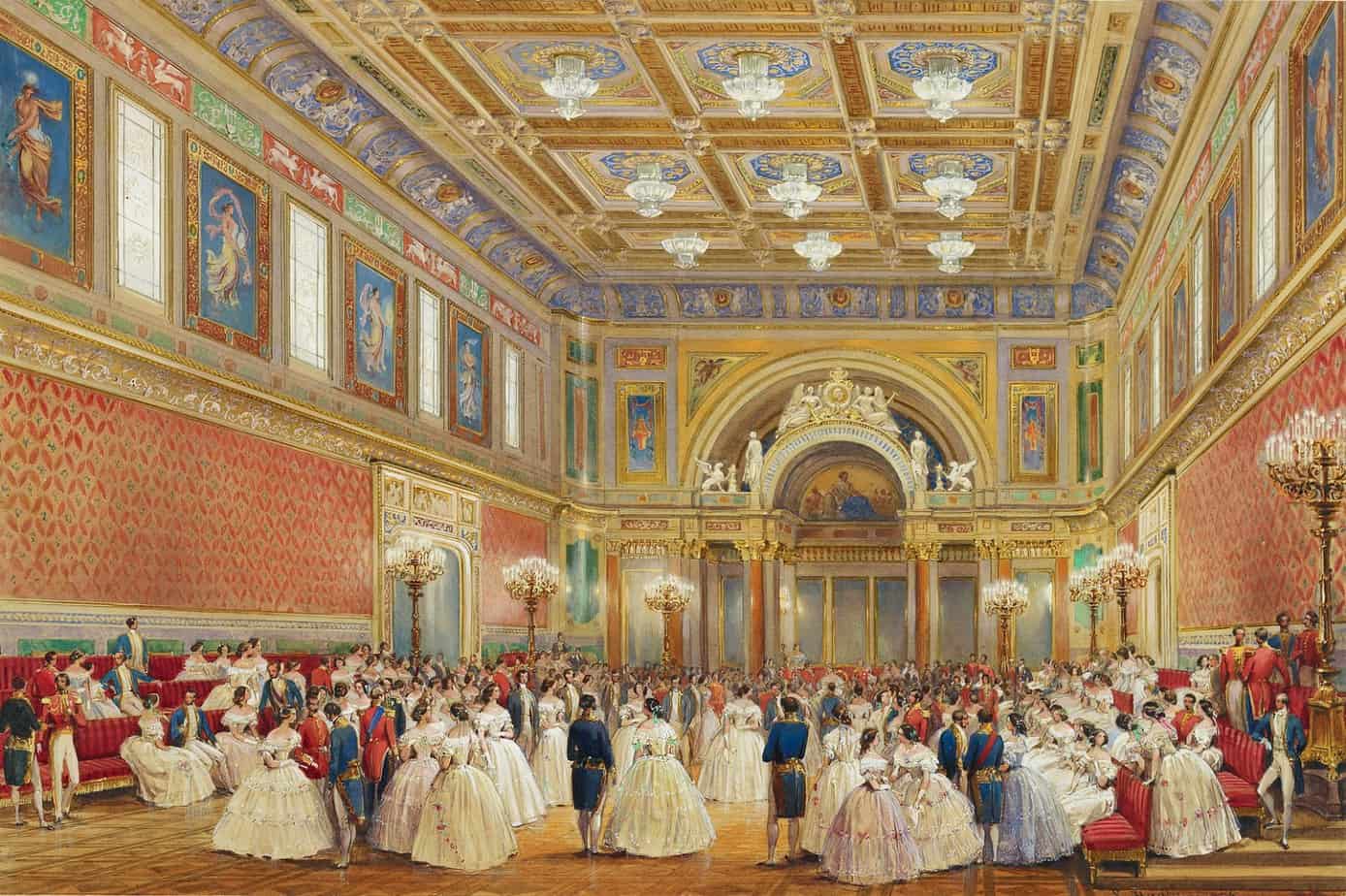
“Her First Ball” is a short story by Katherine Mansfield, written 1921. Though this story is nigh on 100 years old, it’s a tale of pick up artist culture, and reminds of the ‘toolies’ who attend Schoolies Week here in Australia. STORY STRUCTURE OF “HER FIRST BALL” Leila has turned 18, so must now attend
-
The Escape by Katherine Mansfield Short Story Analysis
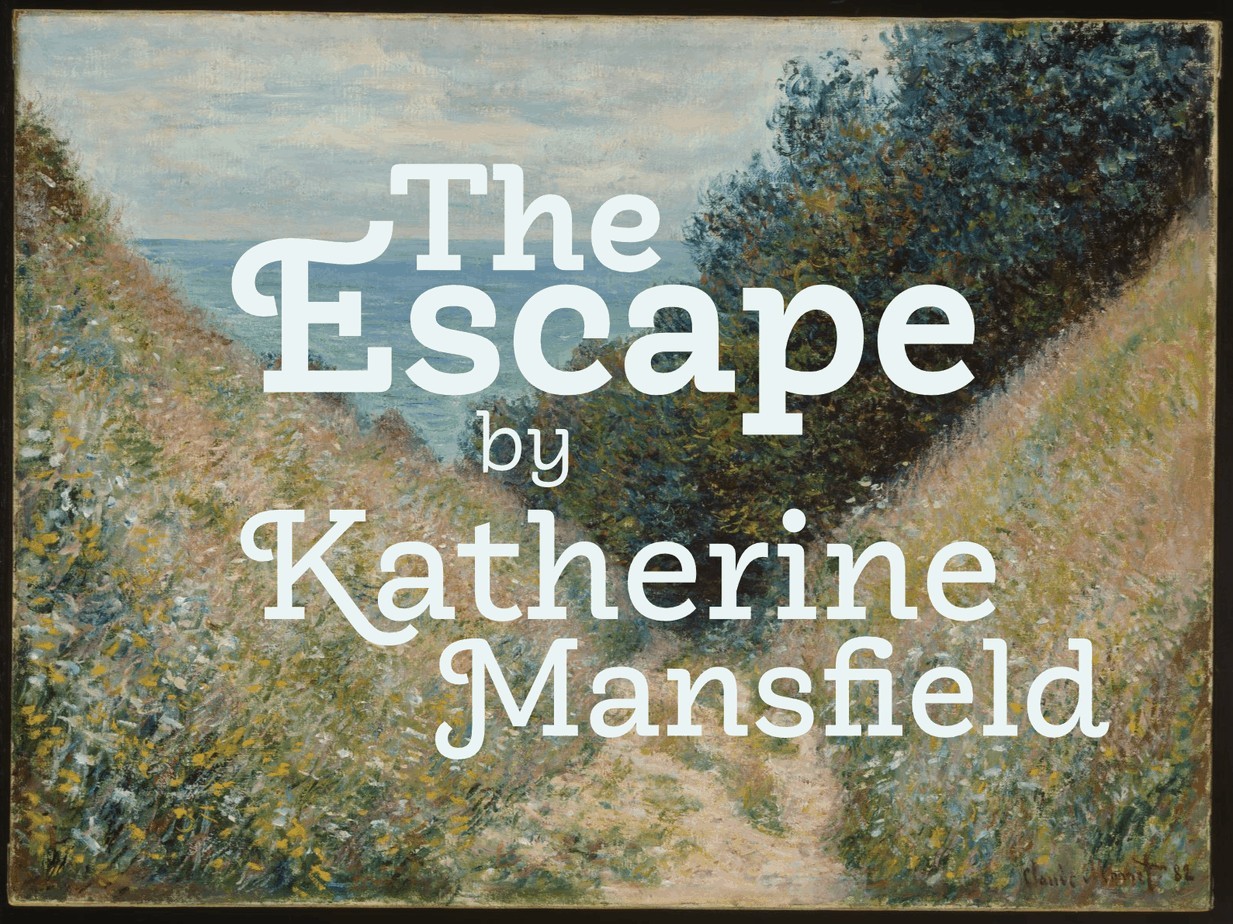
It’s almost impossible to read Katherine Mansfield’s “The Escape” (1920) without linking back to the author’s own biography. But perhaps we shouldn’t look to Mansfield’s relationship with a man in order to understand where this story might have come from. Biographer Claire Tomalin has said this about Mansfield:
-
New Dresses by Katherine Mansfield Short Story Analysis

“New Dresses” (1912) is nowhere near as accomplished as Katherine Mansfield’s later short stories as it lacks focus and appears contrived. “New Dresses” is a different sort of story altogether from the Prelude trilogy, and we need a different yardstick. That said, The Carsfield family is said to be the prototype of the Burnells who we
-
A Dictionary of Witch Words

The definition of witch changes over time. The word witch dates from around 800 AD. It originally referred to men who practise witchcraft but 200 years later referred to female magicians and sorceresses. Later it meant women who were meant to cooperate with the devil or other evil spirits.